By Peter Kross
One of the most enduring questions emerging from World War II is the reaction of the West, and particularly the United States, to the plight of the Jews as they faced Hitler’s “Final Solution.”
Numerous critics have written that President Franklin D. Roosevelt and his administration did not do enough to attempt to rescue millions of European Jews from Nazi concentration camps. In the past 50 years, official records of the period shed new light on the policies of the Roosevelt administration concerning the plight of European Jewry. Much of this information includes real-time reports from verified sources documenting the systematic elimination of Jews and other ethnic minorities in Europe.
FDR Gains Presidency Amidst Much Hope and Many Promises
Franklin Roosevelt was elected to his first term in the White House in 1932 with a majority of the Jewish vote. Roosevelt promised to bring the nation out of the depths of the Great Depression, which had ravaged the global economy. By 1937, however, modest improvements in the U.S. economy were dashed by the advent of a recession that aggravated unemployment and contributed to an attitude among the majority of the population that the United States must take care of its own. One of the consequences of this growing public sentiment was a decrease in the number of visas issued by the U.S. State Department at a time when the Jews of Europe were beginning to feel Hitler’s anti-Semitic crackdown. During that time, the U.S. quota for immigrants coming from Germany and Austria was 27,370. However, by 1938, after the German Anschluss or union with Austria, only 10 percent of the U.S. quota was filled, with only a handful of Jews among them.
While the world economy was still reeling, German Chancellor Adolf Hitler was beginning his “Final Solution” to the Jewish problem. With the policy of Anschluss, a massive crackdown on Jewish freedoms took place in Austria. Reports of mass killings of Jews were being filed by many reputable reporters as well as by government officials in Europe, all of which made their way back to the U.S. State Department.
Not In My Backyard
In order to deal with this ever-growing problem, the Roosevelt administration joined an international conference to be held in Evian, France, in July 1938, to discuss the refugee problem. The U.S. representative to Evian was Roosevelt’s personal friend Myron Taylor, not, as one would assume in such delicate circumstances, a career State Department official. The discussions failed to reach a workable solution as the delegates refused to allow large numbers of Jews to emigrate to their countries. This included the British refusal to allow a sizable number of Jews to emigrate to Palestine, then under British jurisdiction. The Dominican Republic was the only nation to break ranks and offer a safe haven for the refugees.
One of the immediate repercussions of the Evian conference was the tragic fate of the passengers on board the Hamburg-American liner SS St. Louis. The St. Louis incident took place in the months following an incident which came to be known as Kristallnacht, The Night of the Broken Glass. After the assassination of a low-level German bureaucrat in November 1938, a state-sponsored crackdown on Jews in Germany left much Jewish property in ruins, many dead, and approximately 30,000 Jews in concentration camps. The St. Louis left Germany on May 13, 1939, with a complement of 930 Jewish passengers bound for Cuba. Once in Cuba, the refugees would then make the short trip to safety in the United States. When they arrived in Cuba, however, events began to turn against the refugees.
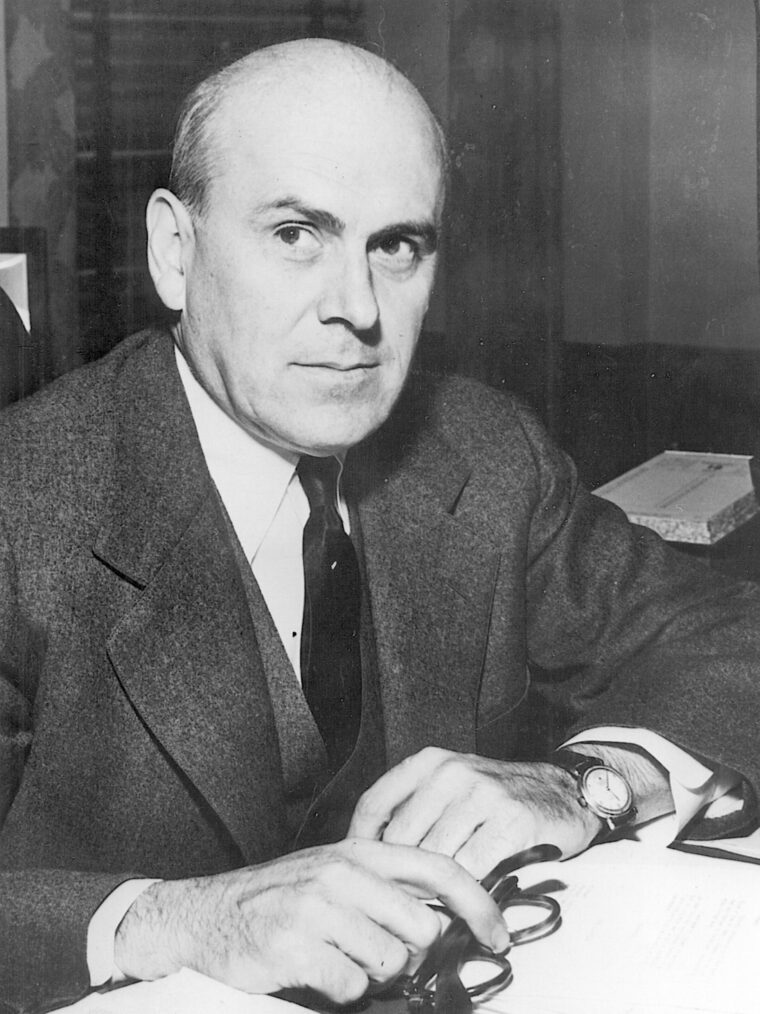
Passengers of St. Louis Refused Sanctuary
Due to a series of political squabbles between Cuban politicians, the passengers having to pay $150 each for landing permits (over and above their fare for the voyage), and a series of bribes among Cuban government officials, the St. Louis was not allowed to dock. The ship passed the eastern seaboard of the United States, but none of the refugees was given sanctuary. Once back in Europe, a small portion of the Jews found safety in countries such as France, the Netherlands, Belgium, and England. The rest eventually wound up in concentration camps.
By the fall of 1941, however, the first reports of Nazi atrocities against the Jews of Europe began filtering through the American Embassy in Berlin. In a message to Washington, embassy officials said that by the end of the year all able-bodied Jews were to be expelled from Germany and that a large number of Jews were being sent to forced-labor camps.
Early News Reports of European Atrocities
Other information came from the large contingent of American newsmen who were inside Germany when the war began. Joseph Grigg of the United Press examined the attitudes of the German people toward the Jews; however, the Nazi authorities refused to allow the story to be printed. Once the reporters returned home, they were able to write of their findings about conditions in Germany without any restraint. In March 1942, the Jewish Telegraph Agency (J.T.A.) had an article printed in The New York Times detailing the fact that the Gestapo had killed 240,000 Jews from parts of Germany and Eastern Europe. The same Joseph Grigg, now back in the United States, wrote of the mass killing of 56,000 Jews in Latvia and Poland.
Another report came from a British soldier who escaped from the Polish capital of Warsaw in the summer of 1942 and made his way to Lisbon, Portugal. The soldier spoke to officials in the American legation in Lisbon and commented on the wholesale killing of Jews.
The growing number of reports detailing the beginning of the Holocaust finally made their way to U.S. Intelligence via Allan Dulles, chief of the American Office of Strategic Services (forerunner of the Central Intelligence Agency) in Switzerland. Dulles tried to get U.S. officials to create a panel to investigate the charges being leveled against the Nazis, but his boss at the OSS, William “Wild Bill” Donovan, nixed any investigation, citing the lack of any defendants.
Recently Discovered Report Reveals Damning Allegation
Another early report of the “Final Solution” was sent to the United States on November 24, 1941, by Gonzolo Montt Rivas, a Chilean diplomat stationed in Prague, Czechoslovakia. This revelation was part of a major release of 400,000 documents which are available through the National Archives since the passage of the Nazi War Crimes Disclosure Act of 1998. This information was first picked up by British Intelligence, which then shared it with the Americans. The document was initially given to the Coordinator of Information (COI), the predecessor to the wartime OSS.
Rivas was on good terms with highly placed people in Germany, and he was allowed access to highly secret material coming out of Berlin. The report detailed the destruction of “Semitism” and the “eradication” of the Jews of Europe. “The Jewish problem,” reads the letter, “is being partially solved in the Protectorate [Reich Protectorate of Bohemia-Moravia], as it has been decided to eradicate all the Jews and send some to Poland and others to the town of Terezin, whilst looking for a more remote place. The German triumph [in the war] will leave Europe freed of Semites. Those [Jews] who escape with their lives from this trial will certainly be deported to Siberia, where they will not have much opportunity to make use of their financial capabilities. In proportion to the U.S.A. increasing its attacks on the Reich, Germany will expedite the destruction of Semitism, as she accuses international Judaism of all the calamities which have befallen the world.” The declassified documents do not reveal whether anyone in the Roosevelt administration besides those in the COI were aware of this information.
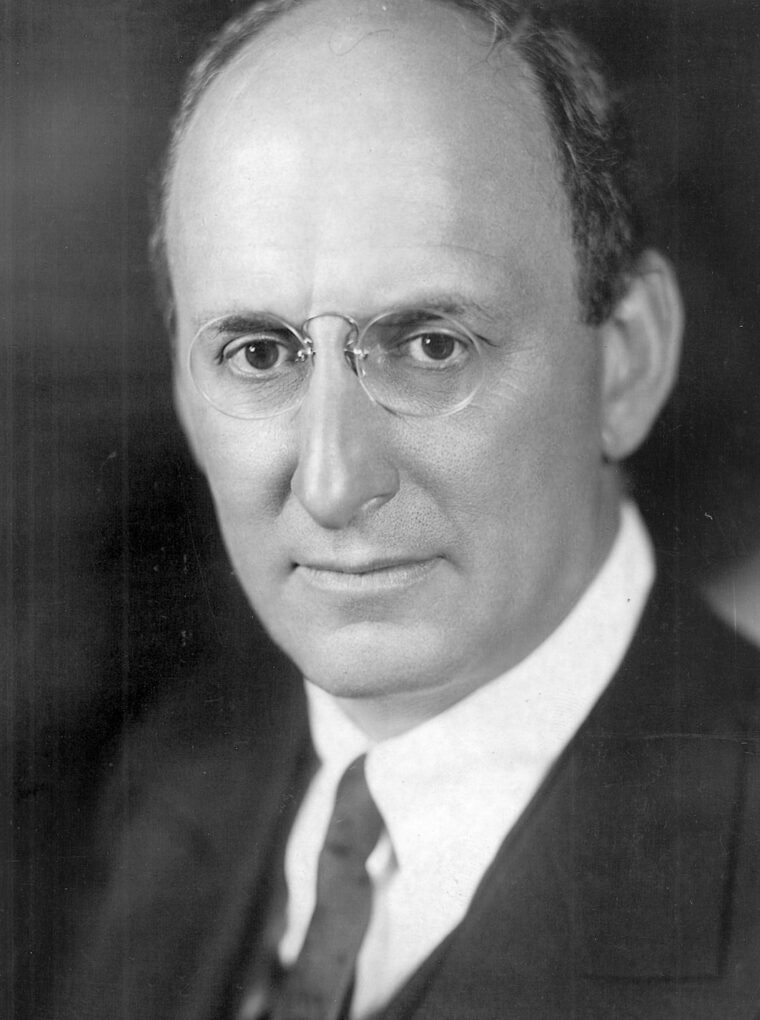
Roosevelt Reassures American Jews That Day of Reckoning Will Surely Come
Reacting to the news coming out of Europe, President Roosevelt addressed a large gathering of American Jews at Madison Square Garden in New York on July 21, 1942. “Citizens, regardless of religious allegiance,” said the president, “will share in the sorrow of our Jewish fellow-citizens over the savagery of the Nazis against their helpless victims. The Nazis will not succeed in exterminating their victims any more than they will succeed in enslaving mankind. The American people not only sympathize with all the victims of Nazi crimes but will hold the perpetrators of these crimes to strict accountability in a day of reckoning which will surely come.”
In July 1943, President Roosevelt took other symbolic measures regarding the U.S. position vis-à-vis the Jewish question. He met at the White House with Jan Karski, a Polish Underground courier, to discuss the heroic Polish struggle against the Nazis. The conversation turned to the plight of the Jews in Europe, and Karski described the mass killings. Roosevelt was so impressed with Karski’s information that he gave permission for U.S. assistance in Rabbi Stephen Wise’s plans to free Jewish refugees in France and Romania. The president instructed the Treasury Department to aid Rabbi Wise, but the effort was derailed in the State Department.
Five years after the ill-fated voyage of the SS St. Louis, the Roosevelt administration took a small, symbolic step in finding a safe place for some victims of the Holocaust. In 1944 a group of 982 men, women, and children was evacuated from Italy and taken to Fort Ontario near the town of Oswego, NY. It was stipulated that they would remain there until the war was over.
U.S. State Department Presents Obstacle to Jewish Emigration
This action resulted from the creation of the War Refugee Board under Roosevelt’s orders in January 1944. Secretary of the Treasury Henry Morgenthau, Jr. (who was Jewish) was responsible for its operation. Subsequently, Secretary Morgenthau learned that the State Department had done little to ensure the admission of Jewish refugees from Nazi-occupied Europe into the United States. Despite positive proof of mass killings in concentration camps, the State Department remained opposed to emigration to the United States.
Cordell Hull was FDR’s Secretary of State, but his advice on many political matters, including what to do about the European refugees, was largely ignored by the president. Hull was not inclined to aid the refugees and at one point refused to meet with a large Jewish group headed by Dr. Nathan Goldmann, which was lobbying for larger numbers of visas for those seeking entry into the United States. When the British government drafted a report describing the systematic killing of hundreds of thousands of European Jews by the Nazis, Hull left out one vital sentence in the version of the report that was passed on to the president. It read, “None of those taken away were ever heard from again.”
State Department Refuses To Help Rescue Jewish Children From Germany
Hull’s changed narrative was forwarded to other top State Department officials where it met a hail of resistance. One of its main critics was an obscure Foreign Service officer named Robert Borden Reams. Reams worked in the Division of European Affairs in 1942 and was responsible for Jewish affairs at State. Hull’s point man on Jewish affairs was Assistant Secretary of State Breckinridge Long, whose policy was to curb any further Jewish immigration into the United States.
Through various sources, Reams was aware of Nazi atrocities against European Jewry. These sources included news from Rabbi Stephen Wise of the Jewish Congress; members of the Polish government-in-exile; Anthony Biddle, Jr., the U.S. ambassador to the various exile governments; and members of the European-based YMCA. Breckinridge Long’s casual attitude toward the refugees was seen in 1943 when the Swedish government offered to take in 20,000 Jewish children then in Germany if the United States and Britain would share the costs of feeding and clothing them. For five months, the U.S. State Department put up numerous diplomatic roadblocks until the plan died.
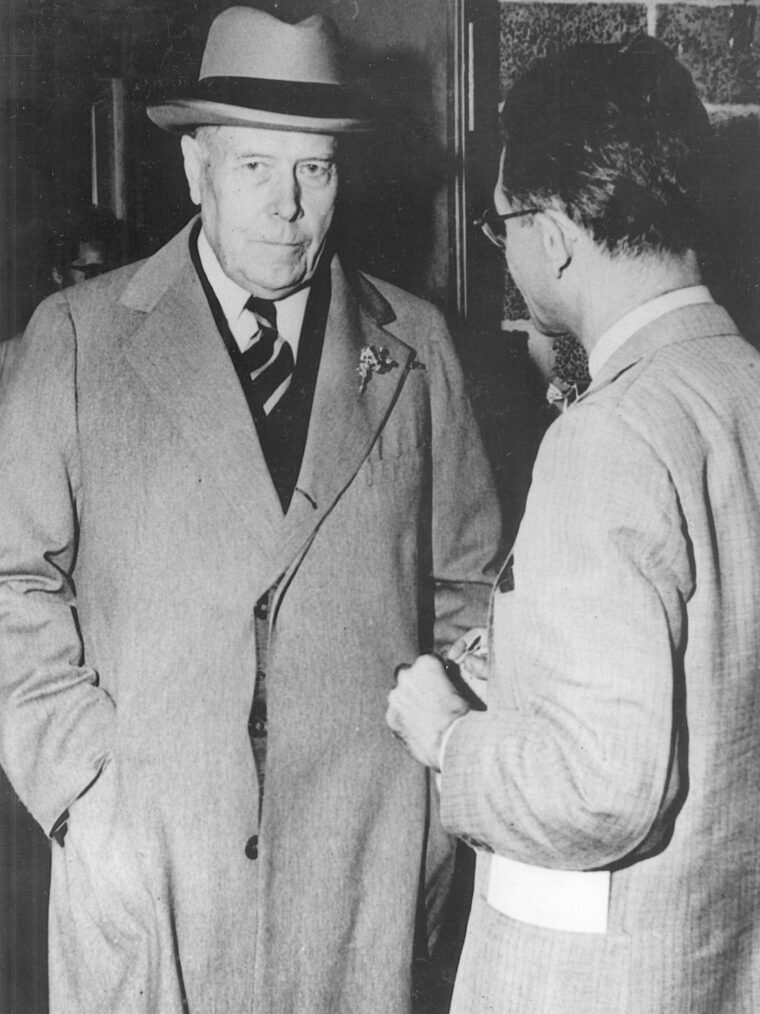
No End To State Department Roadblocks
The Secretary of State also devised another roadblock when it came to news from private individuals concerning Nazi atrocities. A February 10, 1943, State Department memo to the head of the American Legation in Bern, Switzerland, reads in part, “In the future we would suggest that you do not accept reports submitted to you to be transmitted to private persons in the United States unless such action is advisable because of extraordinary circumstances. Such private messages circumvent neutral countries’ censorship and it is felt that by sending them we risk the possibility that steps would necessarily be taken by the neutral countries to curtail or forbid our means of communication for confidential official matter.” This primary-source information was obtained on the World Wide Web at the American Experience site concerning the Holocaust.
“…Prussic Acid Has Been Considered…”
By early 1942, with the United States now involved in the war, official government reports concerning the concentration camps and Hitler’s “Final Solution” to the Jewish question began to filter back to Washington. A primary-source document dated August 11, 1942, from the U.S. Legation in Bern to the State Department says in part, “Informer reported to have close connections with highest German authorities who has previously generally reliable reports says that in Führer’s [Hitler’s] headquarters plan under consideration to exterminate at one blow this fall three to four million Jews following deportation from countries occupied, controlled by Germany and concentration in east. Method execution undecided but prussic acid has been considered. Information transmitted with reservation as exactitude cannot be ascertained.”
In 1943, the U.S. Legation in Bern once again telegraphed the State Department with the following message, quoted in part, “The following is for your information to be transmitted to Rabbi Stephen Wise, if you so determine. It has now been confirmed from different sources that mass executions have taken place in Poland and it is reported from one source that 6,000 are killed daily.… Special agents of the Gestapo, having completed the job of arranging deportations from Vienna, have been sent to Holland and Berlin for the purpose of speeding up the job in those localities.” The U.S. government was also kept up to date on the Warsaw ghetto uprising with the resulting deportation of 300,000 people to concentration camps.
Eyewitness Report From Auschwitz and Birkenau
Further descriptions of Nazi terror tactics against the Jews came from a report filed by Gerhart Riegner of the World Jewish Congress based in Geneva, Switzerland, to R.E. Shoenfeld, the U.S. Chargé to the Czech government-in-exile based in London. Riegner’s report was then forwarded to Hull. Dated July 5, 1944, one year before the war ended, the report described the conditions at the concentration camps of Auschwitz and Birkenau, from an escapee who managed to return to Allied lines.
The document stated that about 15,000 Germans, Czechs, Poles, and Russians were in “protective detention.” The inmates were forced to build roads and work in the coal mines, and all who could not meet the physical requirements were immediately killed. Non-Jewish inmates were given 300 grams of food per day, while the Jews were given less. This disturbing report detailed the mass execution by lethal injection of between 15,000 to 20,000 Jews, and the fact that over 90 percent of the Jews coming immediately off the trains to the camps were killed without delay.
From April 1942 through April 1944, says the document, 1.5 million to 1.75 million Jews were executed at the two camps. An interesting part of the report gave the names of some of the commanders of the camps. The report ended with the recommendations that the Allied governments confront both the German and Hungarian governments about conditions in the camps, that the rail lines connecting the camps should be bombed, and that the Vatican should use its good graces to free the prisoners.
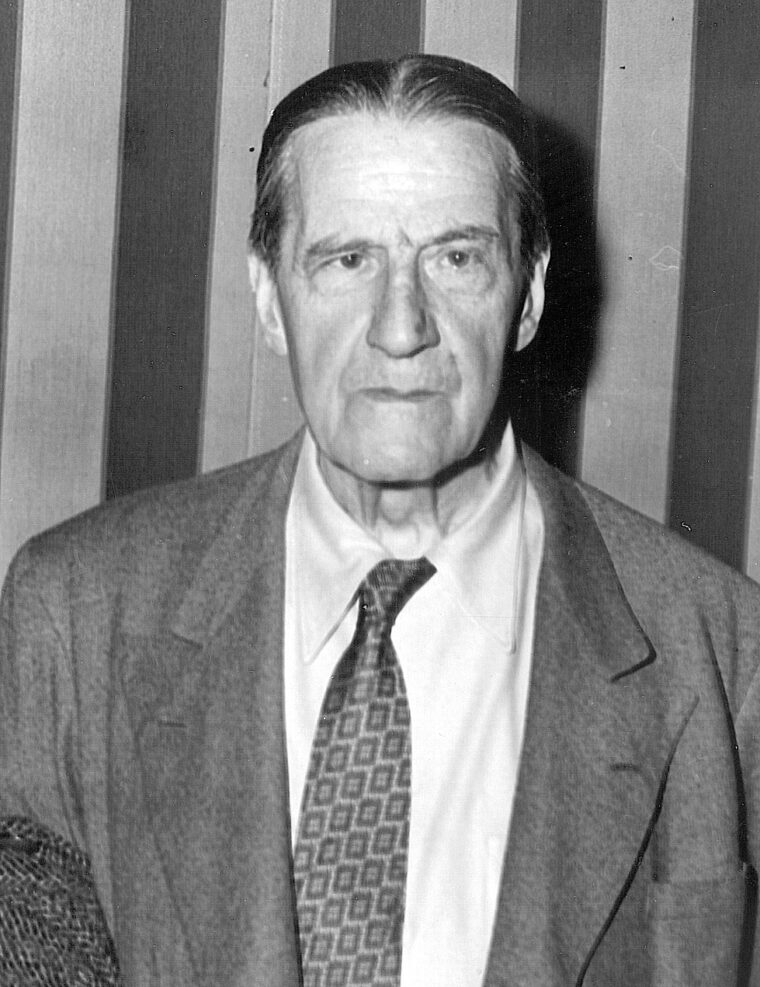
Overwhelming Evidence Compels Washington and London To Act
By 1943, it was obvious to both Washington and London that the Jews of Europe were being systemically slaughtered. A plan was drawn up by both countries to deal with the situation in a document of March 1943 entitled “Views of the Government of the United States Regarding Topics Included in the Agenda for Discussion with the British.”
It was agreed that the refugee problem was not limited to any particular ethnic group or race and that all persons in need should be helped. Money raised for the purpose of helping these people should be addressed first from private donations, and all refugees should benefit equally by whatever funds were put up. In a controversial decision, it was determined that any refugees coming to Allied countries would not be given a “safe conduct” convoy across the Atlantic aided by American warships. The reason was that the American public would not stand for European refugees being protected by American ships when these same vessels should be used to carry Allied troops to fight the Germans. Instead, it was hoped that some neutral country in Europe or elsewhere would be willing to safeguard these people until the war ended. None did.
Other descriptions of Nazi atrocities came from newly released American reporters who were living in Germany when the United States entered the war. All this information was known by the Roosevelt administration, yet nothing substantial was done to rescue those in need. Why?
A Rising Tide Lifts All Boats
First, the Allies could not forcefully compel the Germans to free the captive Jews. Hitler was bent on his “Final Solution,” and no amount of Allied blustering could change that fact. Once in concentration camps, the refugees were considered prisoners, and the only way to save them would be to liberate the camps during the war.
The Allied purpose during the war in Europe was the unconditional surrender of Germany. FDR and Churchill’s rationale was that with the defeat of Germany the inmates in the concentration camps would be liberated at war’s end.
By 1944, the Allies knew about the camps at Auschwitz-Birkenau and Dachau, and calls were made by certain parties for Allied bombing of the railroad lines leading up to them and the camps themselves. The War Department rejected such actions saying that the targets were not military. Another consideration was the fact that many more inmates would probably die as a result of the bombing. At one point, Allied planes flew over the camps and took aerial photographs of the scenes below.
The first calls for Allied bombing of the Auschwitz concentration camp came in August 1943 from the Polish government-in-exile. The Polish spokesman said that they had support from certain members of the British Air Staff for an attack that would coincide with an assault by the Polish Underground. Despite this plea, no action was taken.
Reasons Camps and Railroad Tracks Weren’t Bombed
American policy regarding possible bombing of the camps is recorded in a November 18, 1944, memo from John J. McCloy, the Assistant Secretary of War, to John Pehle, the Director of the War Refugee Board.
McCloy laid out the reasons why it would be impossible to carry out such a mission. Any attack on the camps would require precision bombing, using heavy and medium, as well as low-flying aircraft, which would be easy targets for German antiaircraft guns. The bombers needed for such attacks were located in France, Italy, and the United Kingdom, and in most cases beyond the range of the camps. A 2,000-mile round trip, mostly over enemy territory, was too dangerous. McCloy ended his letter by saying, “The War Department has felt that it should not, at least for the present, undertake these operations.”
The War Refugee Board brought up the possibility of Allied bombings of the rail lines leading up to the camps, but despite its fervent calls the top members of the War Department overruled them. The secretaries of War and State outvoted the Treasury Department, which had a more lenient attitude concerning the plight of the concentration camp victims. (It should be noted that the British government, too, did not feel it necessary to make bombing runs against the camps.)
Despite the passage of time, the question of America’s reaction to the Holocaust is still being debated. That debate will continue long after the final survivor from that horrible time passes from the scene.
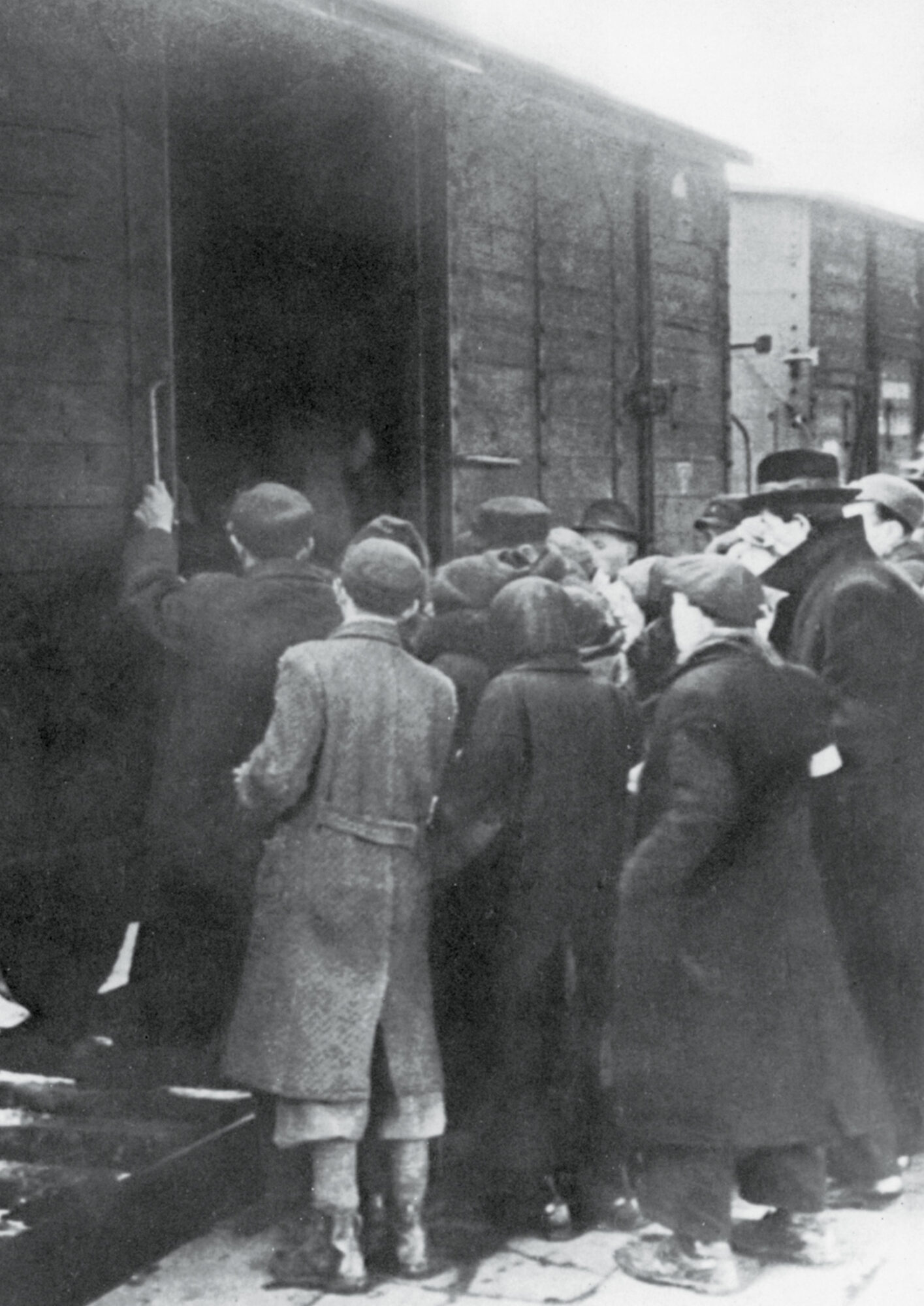





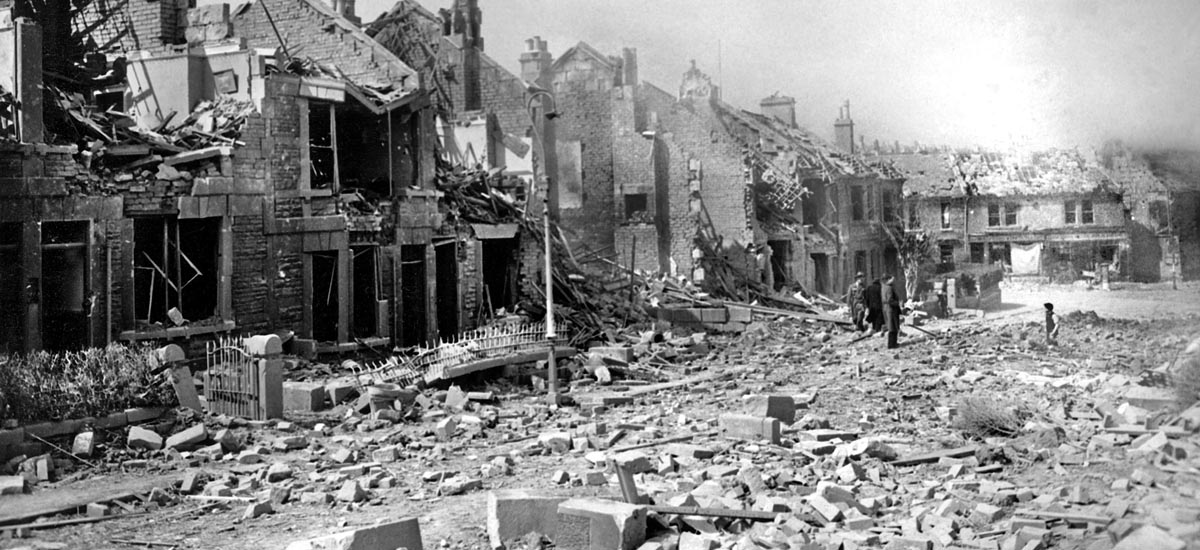

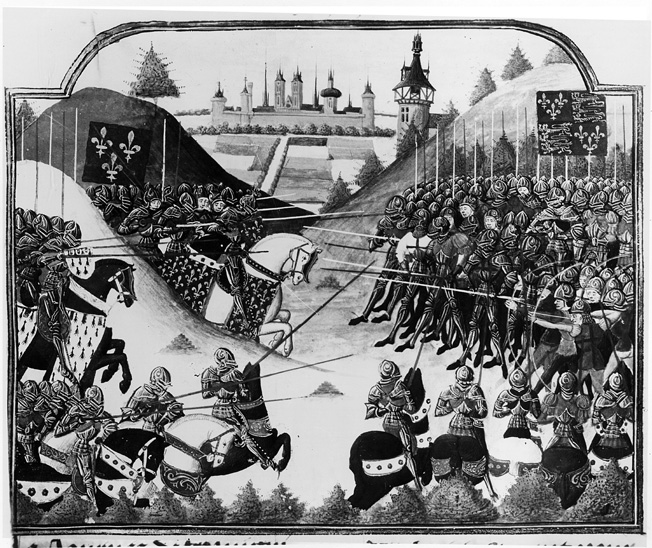
One would think that a country that could send an entire armored task force to rescue Patton’s son-in-law from a prison camp could have taken actions to bomb the concentration camps. But then it was Roosevelt himself that stated “America is a Protestant country; Catholics and Jews are here by suffrence.”